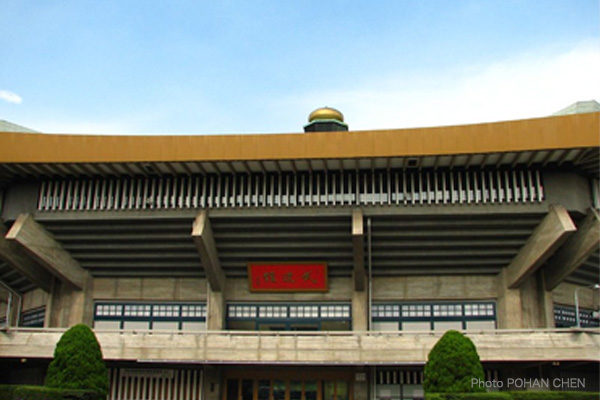In a state funeral for the late former Prime Minister Shinzo Abe on September 27, I stood in a long line of ordinary people to lay flowers. It took three hours to reach a floral tribute stand set up at a park close to Tokyo’s Nippon Budokan hall where the funeral took place. Before standing in the line, It took an hour and a half to purchase flowers at a shop in front of a subway station described as the nearest to the floral tribute stand and 20 minutes to reach the end of the line. I consumed as much as five hours to lay flowers.
Mourners in the line, though wearing various clothes ranging from casuals to mourning attire, all had flowers in their hands. An elderly lady held unpacked flowers that she might have brought from her garden. To mourn the violent death of Abe who made massive achievements for Japan and was still trying to work for the country, those ordinary people walked silently in the everlasting detour under still high autumn temperatures close to 30 degrees Celsius.
Mourners came from various parts of Japan, including a middle-aged man who said he came from Okayama where Abe delivered an election campaign speech on the day just before his assassination.
Media coverage focused on demonstrations against funeral
When seeing media coverage about the state funeral, I strongly got a feeling of strangeness. For instance, a TV news program of the Japanese public broadcaster NHK reported the long line of ordinary mourners only briefly and immediately switched to demonstrators against the state funeral, specifying the number of protestors in front of the National Diet building as 15,000 in a caption. The report failed to include the fact that the number of ordinary people paying floral tribute to Abe at that point was announced by the government as 23,000 (25,889 in the final announcement), far more than protestors.
In the first place, the number of 15,000 was unilaterally announced by demonstration organizers. Most media including newspapers and news agencies used the number. But the common wisdom is that any number announced by organizers is usually exaggerated. It is news media’s delinquency and degradation to use the number without verification while explaining that it is the organizers’ number, holding the organizers responsible for the accuracy. Media were thus helping propaganda by opponents of the state funeral.
NHK footage also depicted police as wrestling with noisy demonstrators to constrain their disorderly advance. Unaware TV watchers may take such footage as indicating security police as suppressing anti-government demonstrators. The only Japanese public broadcaster conducted such news coverage that is close to impression manipulation.
Politicians agitating anti-government movements
At an anti-state-funeral rally in front of the National Diet building, Japanese Communist Party Chairman Kazuo Shii, Social Democratic Party leader Mizuho Fukushima and other opposition politicians agitated opponents by declaring Abe’s rule was the worst in postwar Japan. It is grossly immoral to criticize the dead on their funeral days. Although the Kishida government is criticized for failing to fully explain about holding the state funeral, opponents who refuse to admit Abe’s achievements will never accept any government explanations.
At Kudanshita Subway Station close to the floral tribute stand, some opponents against the state funeral were handing out leaflets, facing off against those who paid floral tribute to Abe. The situation was almost explosive. I am afraid that politicians who encourage anti-government movements and media that support such encouragement may deepen divides in Japan, leading to violent clashes.
Yasushi Tomiyama is a senior research fellow and Planning Committee member at the Japan Institute for National Fundamentals and a former foreign news editor and bureau chief in Washington, D.C., London, and Bangkok for the Jiji Press.


